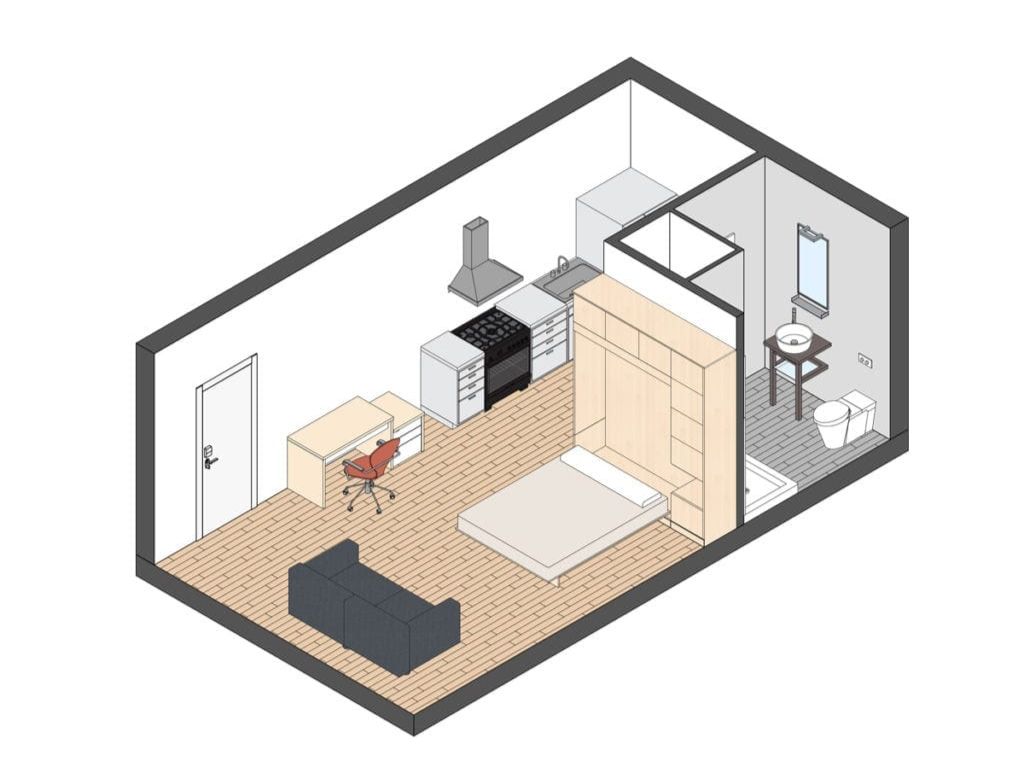In Malaysia’s major cities, the dream of owning a home seems like a distant fantasy for many young adults. In Kuala Lumpur, property prices can reach a staggering RM2,000 per square foot in prime locations, while in suburbs such as Petaling Jaya and Selangor, a typical 3-bedroom apartment can easily cost upwards of RM700,000, pushing homeownership further out of reach for many young professionals. Yet, a glimmer of hope emerges in the form of micro-apartments, a housing concept gaining traction worldwide as a solution to urban affordability woes.
The Urgency of Affordability
Millennials and Gen Z face a housing market vastly different from their predecessors. Salaries struggle to keep pace with the skyrocketing prices, leaving many young adults juggling soaring rents and the weight of delayed homeownership. This delay has significant social and economic repercussions. It hinders the formation of wealth, restricts mobility, and delays family formation. Micro-apartments emerge as a potential answer to this pressing issue.
What are Micro-Apartments?
Micro-apartments are compact, efficiently designed units typically ranging from 300 to 500 square feet. These units prioritize functionality and maximize space utilization through features like:
- Multi-purpose furniture: Transforming beds into couches, tables into desks.
- Vertical storage: Utilizing walls and hidden compartments for efficient organization.
- Convertible layouts: Adapting spaces to different needs and activities.
While smaller than traditional apartments, micro-apartments offer several advantages, particularly for young adults.
Affordability Through Efficiency
The primary benefit of micro-apartments lies in their affordability. By minimizing unnecessary space, developers can significantly reduce construction and acquisition costs. This translates to lower purchase prices or rental rates, making homeownership or quality urban living more accessible to young professionals. In Malaysia, estimates suggest micro-apartment units could be priced 30-40% lower than traditional apartments, making them potentially within reach for many young buyers.
Benefits Beyond Cost
The affordability advantage of micro-apartments extends beyond initial purchase or rent. Lower living space means lower utility bills, maintenance costs, and even furnishing expenses. This frees up disposable income for young adults, allowing them to save, invest, and pursue other financial goals.
Community and Lifestyle
Micro-apartment developments often incorporate shared spaces like rooftop terraces, courtyards, and communal kitchens. These shared areas foster a sense of community and connection, especially valuable for young adults navigating new cities or starting their careers. Additionally, micro-apartments’ location advantage, typically in city centers, offers residents easy access to public transportation, restaurants, and entertainment, enhancing their overall lifestyle.
Challenges and Considerations
However, micro-apartments aren’t without their drawbacks. Concerns exist about potential feelings of claustrophobia, limited storage space, and the suitability for families. Careful design and planning can mitigate these concerns. Additionally, micro-apartments are not a one-size-fits-all solution. They might not cater to everyone’s needs or preferences.
Global Success Stories
Micro-apartments are not just a theoretical solution; they’re already proving successful in various cities around the world:
Carmel Place in New York City : This 9-story building features micro-units ranging from 274 to 360 square feet. High ceilings, balconies, and modular construction create a sense of spaciousness and comfort. Shared amenities like a community room, fitness center, and sky terrace enhance the living experience.
Photo gallery
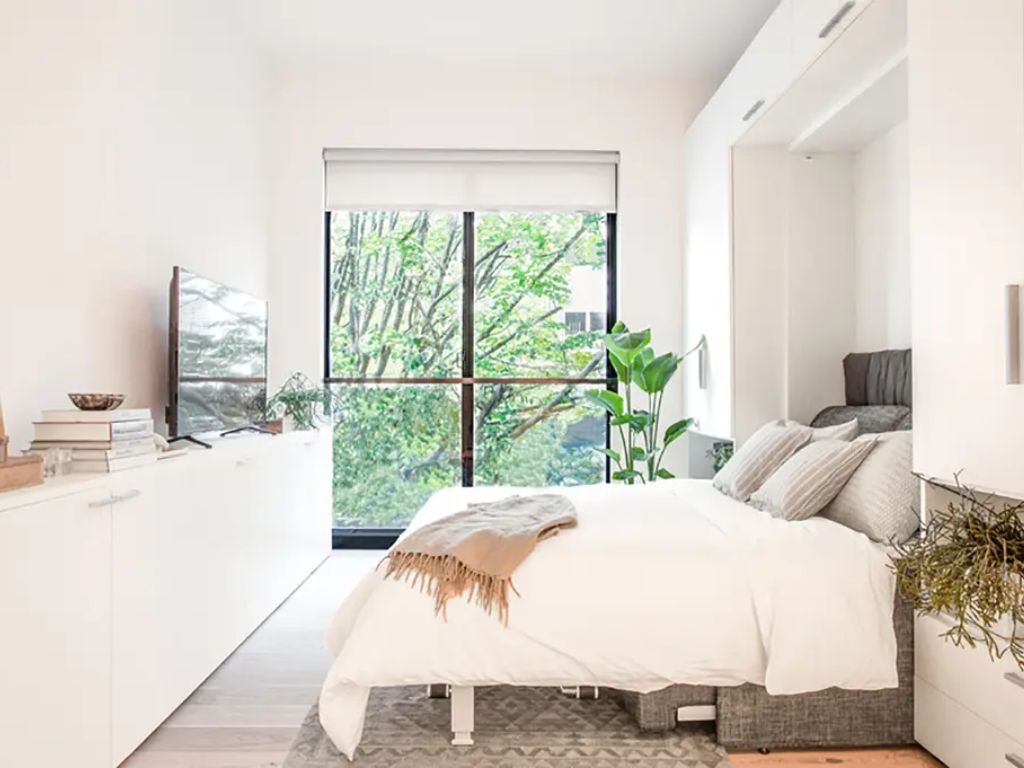
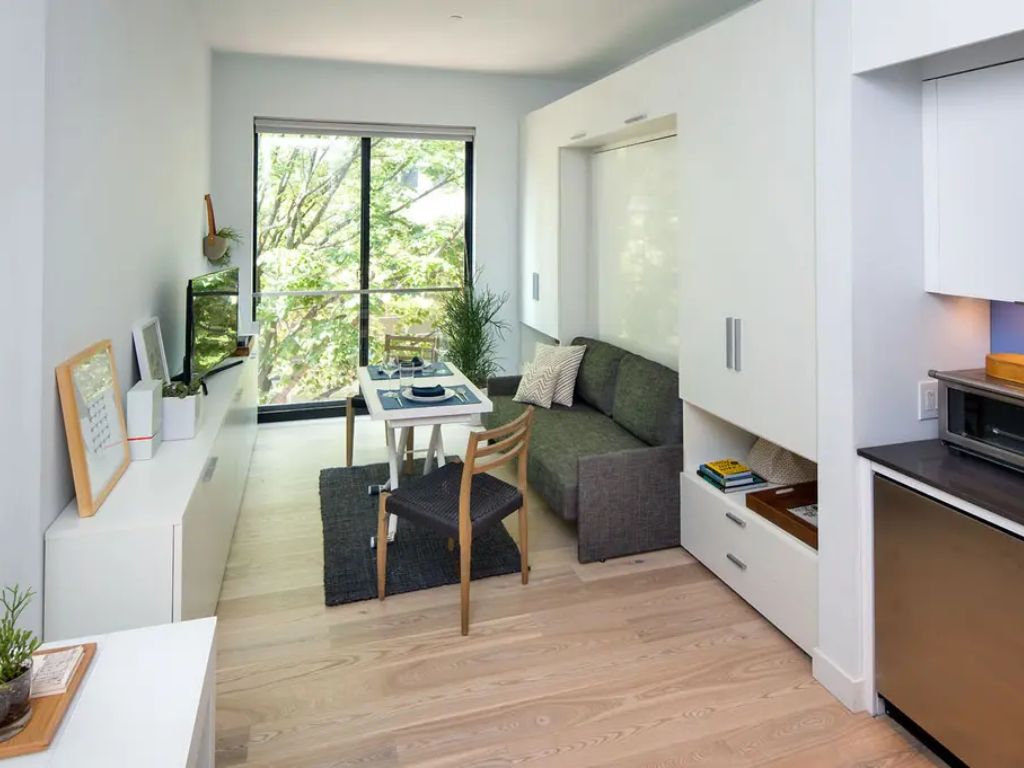
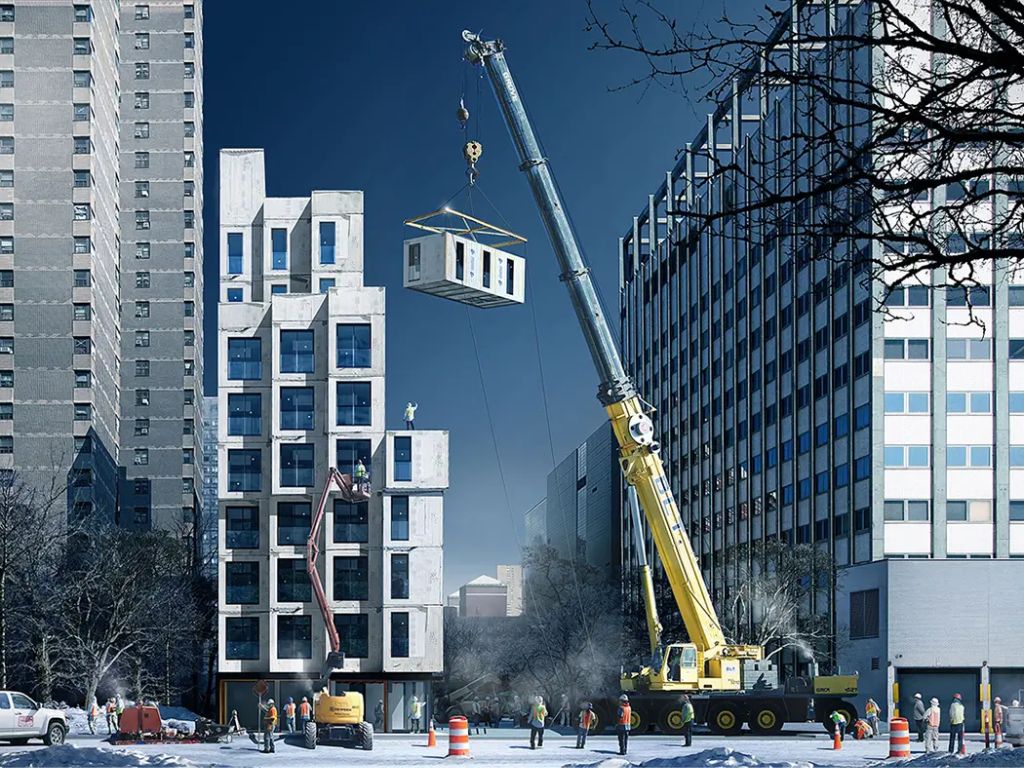
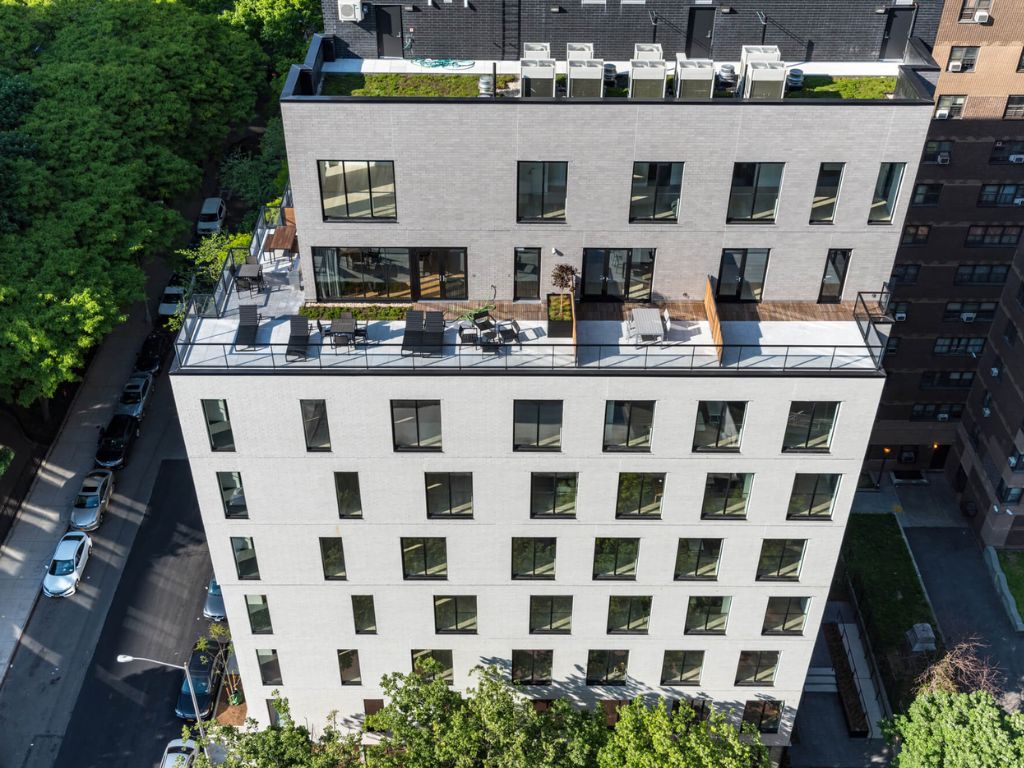
Songpa Micro-Housing in Seoul : These 120-square-foot micro-units utilize a unique “tapioca pearl” design concept, creating interconnected public, semi-public, and private spaces. Each unit is independent with access to shared facilities like an outdoor gym, exhibition space, and cafe.
Photo gallery
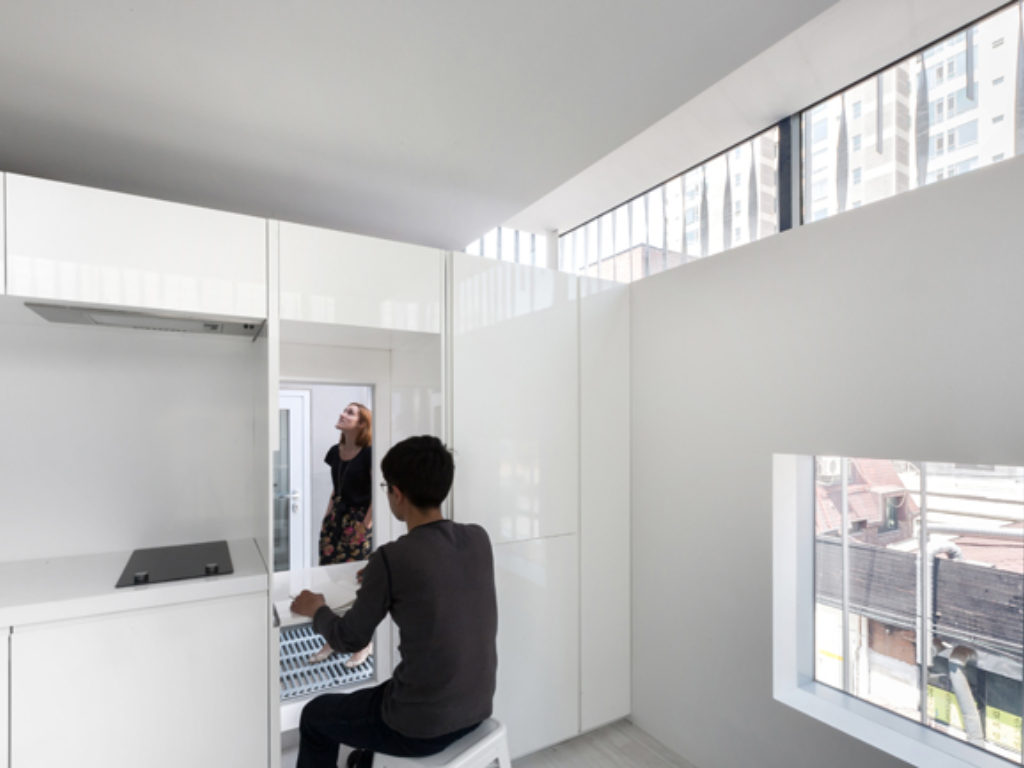
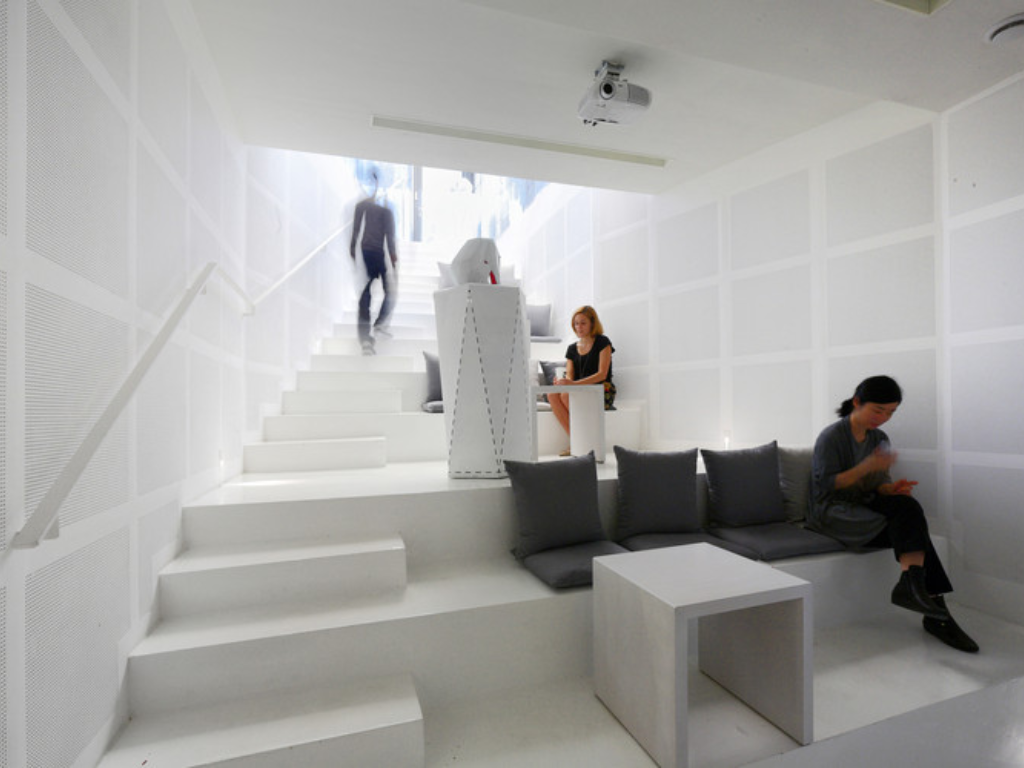
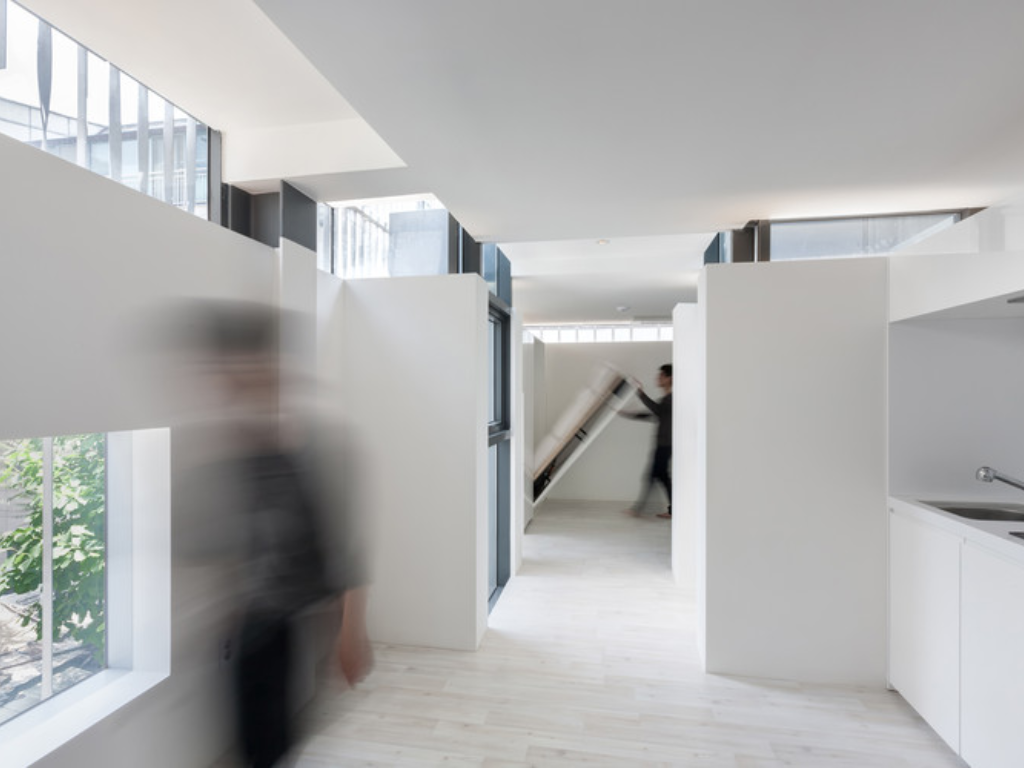
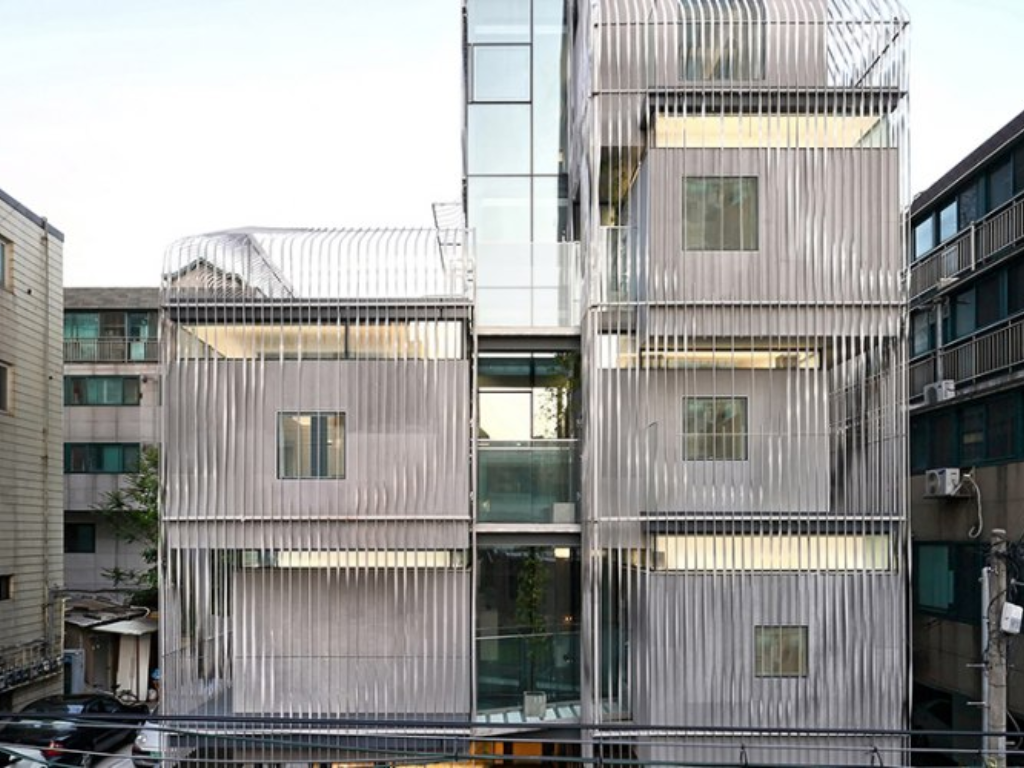
Uxolo Apartments in Cape Town : Uxolo Apartments is the first completed micro-unit residential development located in the Cape Town CBD. The project consists of 35 residential units ranging between 24m² micro-studio units and 40m² loft units, as well as a lobby and retail area on the Ground Floor on a stand of only 195.5m².
Photo gallery
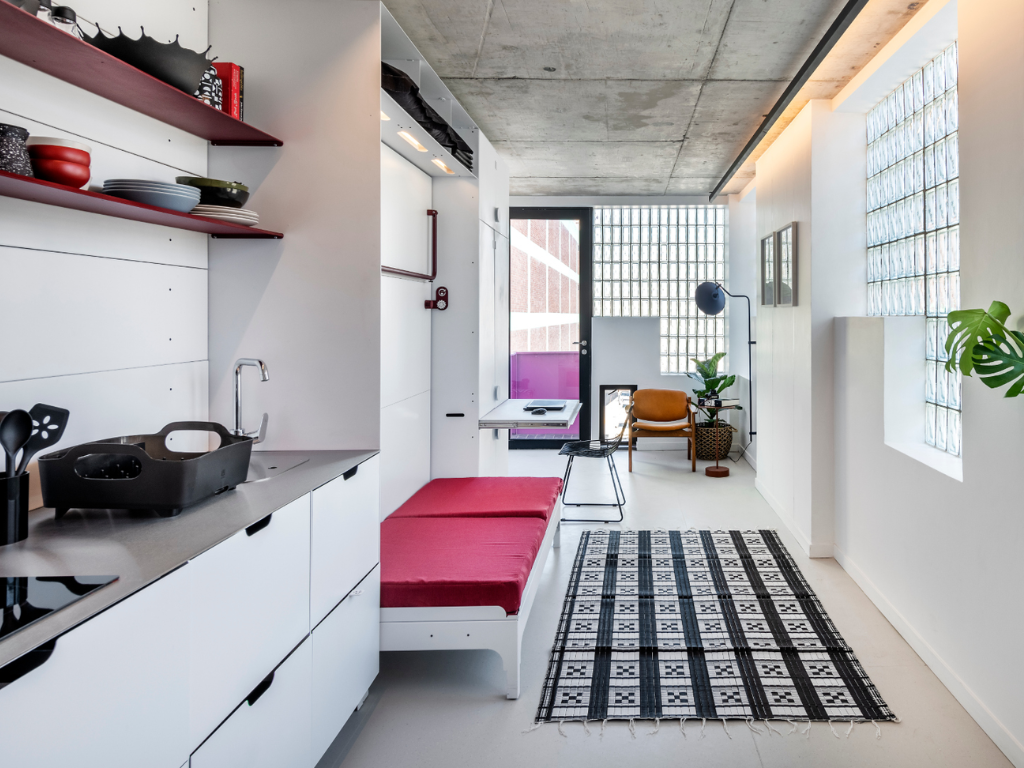
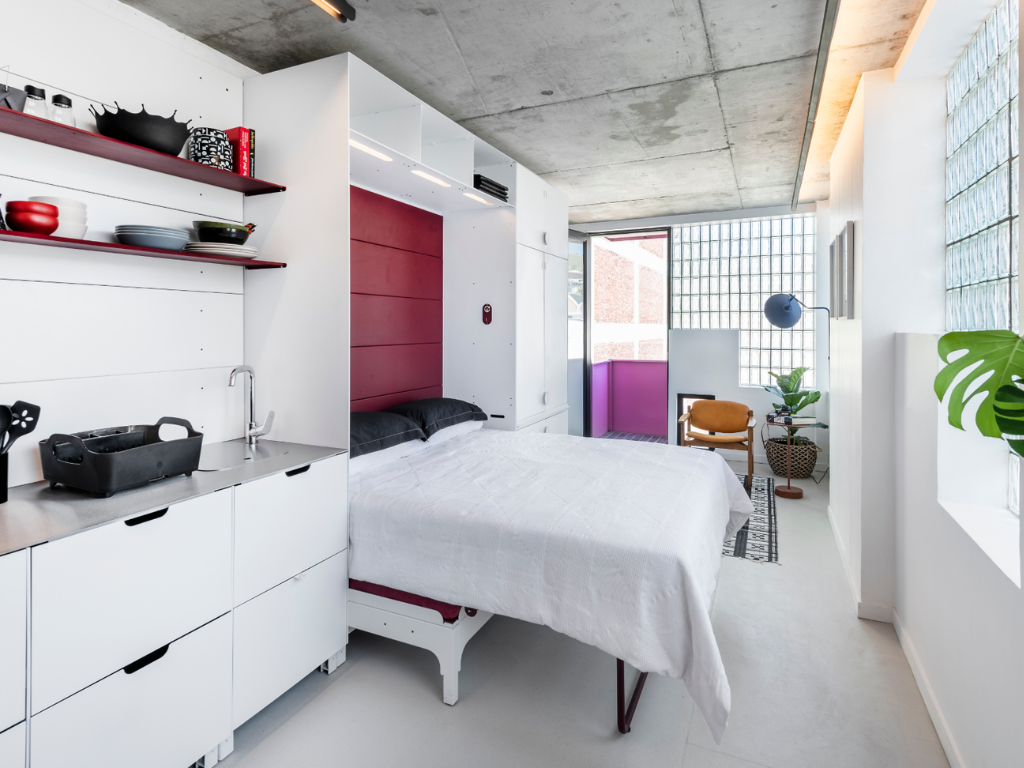
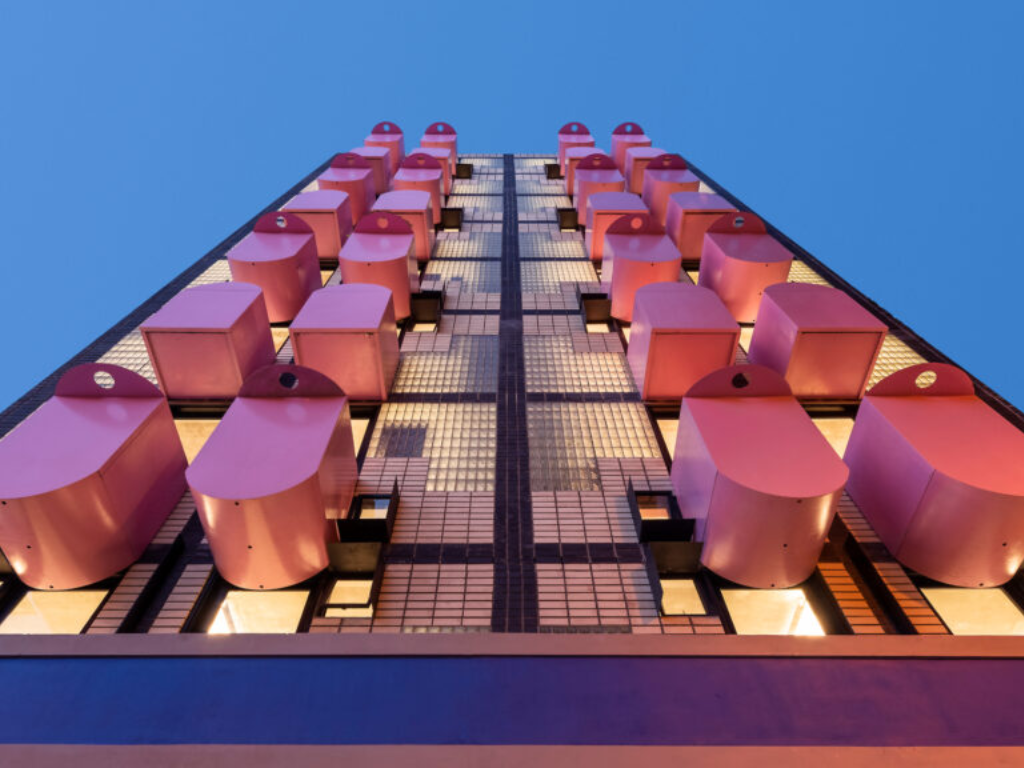
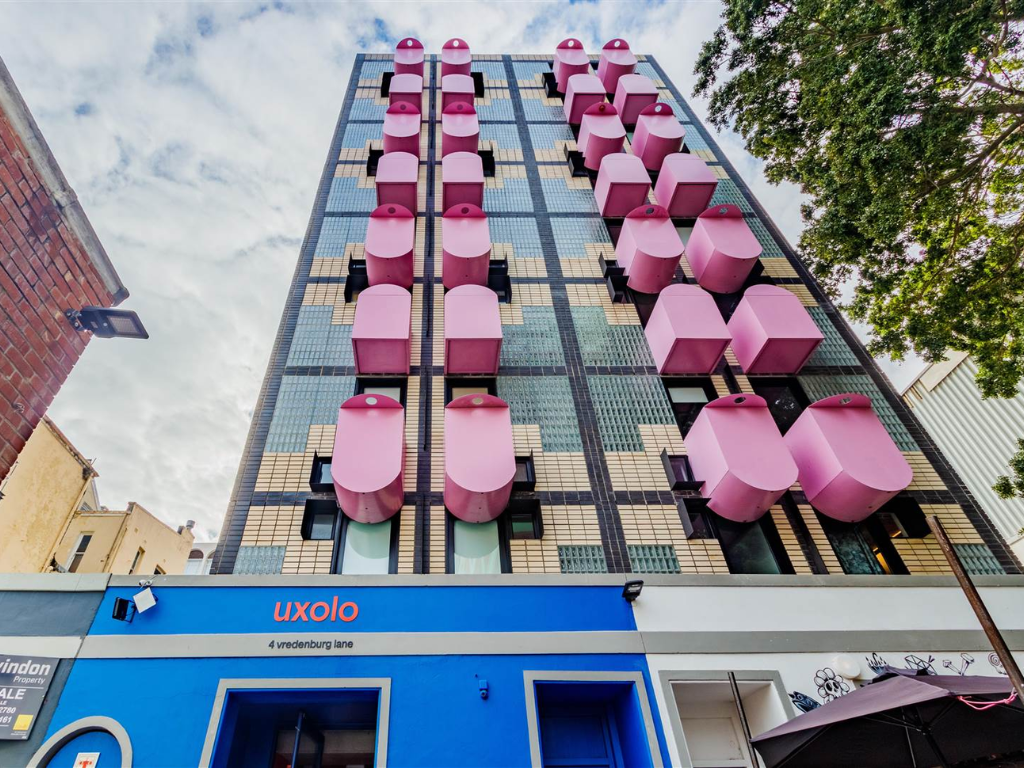
These real-life examples demonstrate the potential of micro-apartments to provide well-designed, comfortable, and affordable housing options in major cities.
The Malaysian Landscape
While still in its nascent stages, micro-apartments are garnering interest in Malaysia. Initiatives like the Kuala Lumpur Micro Village exhibition explored public receptiveness and design possibilities. Developers are starting to recognize the potential, with projects like “Grand Damansara by Grand Global Heights Development” incorporating micro-apartment concepts. These efforts, coupled with growing affordability concerns, suggest a potential future for micro-apartments in Malaysia.
Conclusion
Micro-apartments offer a viable pathway for young Malaysians seeking affordable access to the property market and urban living. Their compact design and efficient use of space translate into significant cost savings, making homeownership a more attainable dream. While challenges exist, careful planning and design can address concerns about space and suitability. As housing affordability remains a critical issue, micro-apartments deserve serious consideration as a potential solution, paving the way for a future where young Malaysians can build financial security and enjoy the vibrancy of city life.
